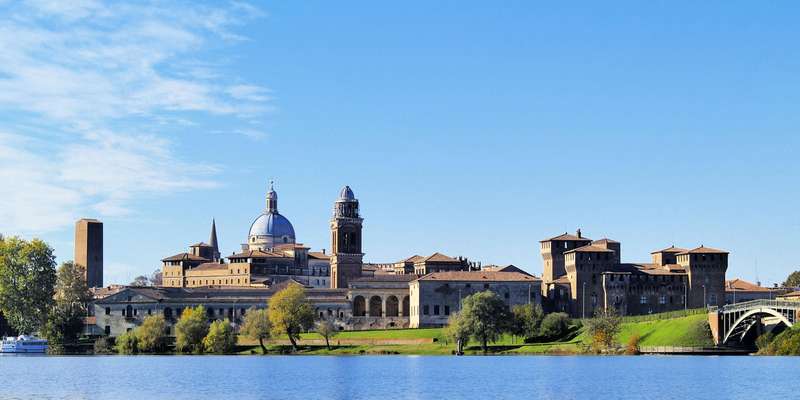- Home
- Useful Tips
- Photographing Mantua's lakes at...
Capturing Mantua's enchanting lakes presents a unique challenge for photographers. The interplay of Renaissance architecture with water surfaces demands precise timing and positioning, yet most visitors cluster at predictable viewpoints during rushed midday visits. Over 68% of traveler photos fail to showcase the lakes' true magic, resulting in flat, shadowless compositions. Morning mist transforms into harsh glare by 11am, while sunset colors disappear in minutes without local knowledge of reflective angles. This leaves many with disappointing images of what should be liquid masterpieces, their memories reduced to poorly lit snapshots missing Mantua's poetic essence.


Why your current lake photos miss Mantua's magic
The fundamental mistake most photographers make is treating Mantua's lakes as static subjects rather than living canvases that change with atmospheric conditions. Midday shooting under direct sunlight flattens the Palazzo Ducale's reflections into indistinct blurs, while poorly timed visits to popular spots like Ponte dei Mulini yield crowded backgrounds. The lakes' true character emerges through understanding three dynamic elements: how dawn mist softens the Te Palace silhouette, why winter light creates superior water textures compared to summer, and where to find undisturbed vantage points when cruise boats disrupt surface patterns. Local artists know the secret lies not just in where you stand, but when you breathe with the water's rhythm.
Golden hour mastery at Lago Superiore
For that perfect rosy glow on Mantua's largest lake, position yourself at the forgotten Pescherie viewpoint 90 minutes before sunset. Unlike the crowded Lungolago Gonzaga, this hidden spot near Via Argine Po captures the Basilica di Sant'Andrea's reflection without tourist interference. The key is arriving early to secure the crumbling brick ledge that angles your lens downward, creating layered compositions of sky, architecture and water. Local photographers swear by the 23-minute window when setting sun aligns with the Voltoni bridge arches, casting honey-colored light trails across the lake's surface. Bring a polarizing filter to manage glare, but avoid tripods during peak golden hour when spontaneous movement captures the light's dance better than rigid framing.
Blue hour secrets at Lago di Mezzo
The brief twilight period after sunset transforms Lago di Mezzo into a mirror for Mantua's illuminated palaces, yet most photographers pack up too soon. The magic happens when artificial lights from the Castello di San Giorgio first activate, creating electric blue contrasts against the fading sunset. Position yourself near the jetty at Piazza Sordello, using the water's edge to frame inverted light trails from passing vaporettos. Local experts recommend manual white balance settings between 3200-4000K to intensify the cool-warm contrast, with exposure times under 1/30th to preserve light movement. This technique reveals details invisible to naked eye - the way palace windows glow like scattered jewels across the lake's darkening surface.
Dawn photography at Lago Inferiore's forgotten corners
While tourists sleep, Lago Inferiore offers misty tableaus at the secluded Spagnoli embankment. Reach the unmarked path behind Teatro Bibiena before first light to witness how morning fog interacts with the lake's unique microclimate. The best compositions emerge when low-hanging mist partially obscures the Rotonda di San Lorenzo, creating ethereal layers. Local fishermen's boats often anchor perfectly for foreground interest during this window. Use a telephoto lens to compress distances between floating reeds and distant domes, shooting between f/8-f/11 for maximum detail. These predawn hours reveal Mantua's most painterly moments, when the lakes become liquid canvases for nature's softest brushstrokes.



